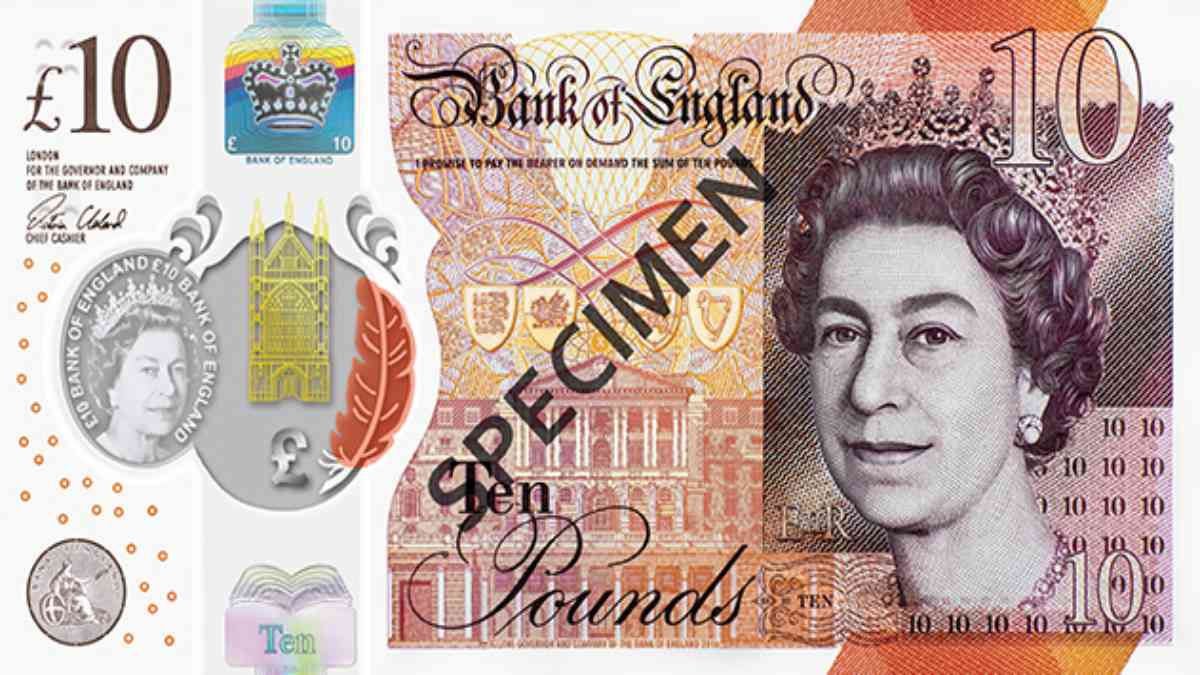Introduction
Have you ever wondered what does 10 pounds look like on your body? Whether you’re starting a weight loss journey, tracking fitness progress, or simply curious, understanding how much 10 pounds actually represents can motivate and guide you. Weight can look different on every person because of factors like body composition, height, and muscle mass. In this article, you will find clear explanations, visual comparisons, and research-backed insights to help you grasp the real impact of losing or gaining 10 pounds. Let’s explore together what 10 pounds really looks like and how it affects your body and health.
How Much Is 10 Pounds in Everyday Objects
To help you visualize 10 pounds better, consider some common items you might know:
-
About the weight of a standard bowling ball
-
Roughly the weight of five liters of water
-
Equivalent to a large watermelon or a small dog
Using everyday objects is a great way to picture the size and feel of 10 pounds without stepping on a scale.
What Does 10 Pounds Look Like on Different Body Types
Because everyone’s body is unique, 10 pounds can appear differently depending on your body shape and height. For example:
-
On a petite person, 10 pounds may show more noticeably, especially around the stomach or face
-
On a taller or muscular person, 10 pounds might be less visible and can sometimes reflect more muscle gain than fat
-
Fat distribution varies: some people carry weight around their abdomen, hips, or thighs, which changes how 10 pounds looks
Understanding this helps you set realistic expectations and focus on healthy changes rather than just numbers.
Visual Comparison: Fat Versus Muscle
One common question is how 10 pounds of fat looks compared to 10 pounds of muscle. Muscle is denser than fat, so:
-
10 pounds of fat takes up more space and looks bulkier
-
10 pounds of muscle is leaner and more compact
This means even if your weight stays the same, gaining muscle and losing fat can improve your appearance and health significantly.
How Losing 10 Pounds Can Affect Your Clothes
Losing or gaining 10 pounds can change how your clothes fit:
-
You might drop one size in pants or shirts
-
Clothes could feel looser around the waist, hips, or chest
-
Noticeable difference in how snug or comfortable your clothes feel
These changes are practical indicators of progress and can boost motivation on your health journey.
Factors That Influence How You See 10 Pounds
Several elements affect the visual impact of 10 pounds:
-
Water retention: Sometimes, weight fluctuates because of fluids, which can alter appearance temporarily
-
Muscle tone: Increased muscle can create a tighter and more sculpted look
-
Body fat percentage: People with higher fat percentages may notice bigger changes in weight visually
-
Gender and age: Hormones and metabolism influence where weight is gained or lost
Knowing these factors will help you focus on overall wellness instead of fixating on the scale alone.
Tips to Track Weight Changes Beyond the Scale
Instead of just relying on weight, try these ways to monitor your progress:
-
Take regular photos from multiple angles
-
Use a measuring tape for waist, hips, arms, and thighs
-
Notice how your energy levels and physical strength change
-
Pay attention to how your clothes fit throughout the weeks
These methods provide a clearer and more motivating picture of your health journey.
How to Set Realistic Goals with 10-Pound Weight Changes
Setting achievable goals is essential to stay on track. Here are some pointers:
-
Aim for gradual weight loss of 1 to 2 pounds per week for sustainable results
-
Combine healthy eating with regular exercise for better body composition
-
Celebrate non-scale victories such as improved stamina or mood
-
Avoid quick-fix diets that can lead to muscle loss or rebound weight gain
Remember, losing or gaining 10 pounds is not just about looks but also about how you feel inside.
Conclusion
Understanding what does 10 pounds look like goes beyond just numbers on a scale. It involves visualizing how weight changes affect your body differently based on various factors like body type, muscle mass, and fat distribution. By knowing how 10 pounds compares to common objects and the difference between fat and muscle, you can better appreciate your fitness journey. Remember to track progress with photos, measurements, and how your clothes fit, not just weight alone. Focus on gradual, healthy changes that improve your overall well-being and confidence.
FAQ
What does 10 pounds of fat look like?
Ten pounds of fat looks bulkier than muscle because fat takes up more volume in the body. It can be visible especially around the stomach, hips, or thighs.
How much does 10 pounds look like on the scale compared to muscle?
Ten pounds is the same weight, but muscle is denser and more compact, so 10 pounds of muscle looks smaller and firmer than fat.
Can losing 10 pounds make a noticeable difference?
Yes, losing 10 pounds can change your clothing size and overall appearance, especially if the weight is fat.
Is 10 pounds a healthy amount to lose quickly?
Losing 10 pounds gradually over several weeks is healthier and more sustainable than rapid weight loss.
How can I visualize losing 10 pounds?
Use everyday items like a bowling ball or watermelon to understand the weight. Also, taking progress photos can help.
Does body type affect how 10 pounds looks?
Yes, height, muscle mass, and fat distribution all affect how 10 pounds shows on your body.
Is it possible to gain muscle and lose fat but stay the same weight?
Yes, muscle gain and fat loss can balance out on the scale, making you look leaner without weight changes.
What are non-scale ways to track weight loss?
Use measurements, photos, clothing fit, and energy levels to see progress beyond the scale.
